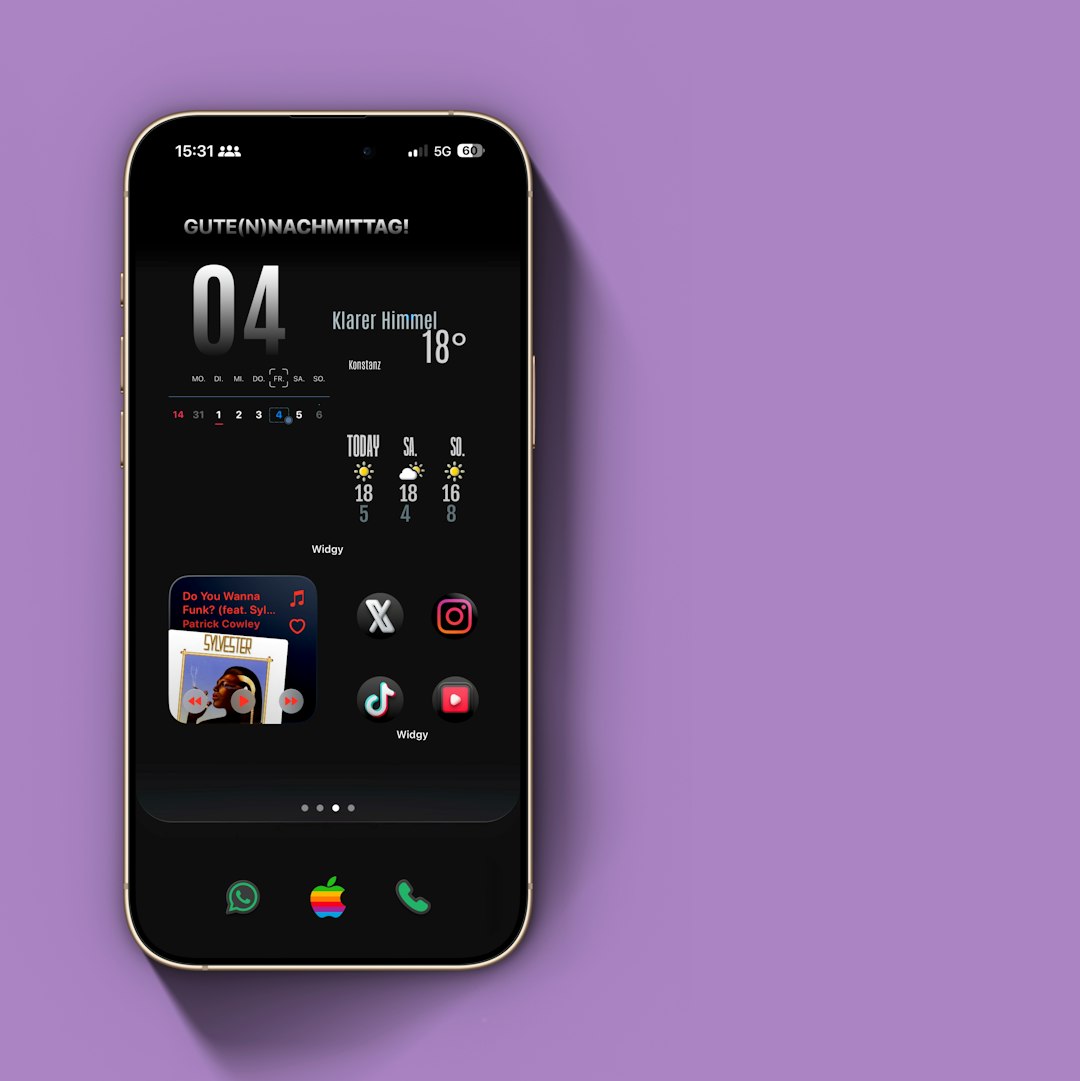Ever wished your phone had *two brains* for calling and texting? Well, now it can! Thanks to Dual-SIM technology, you can use two numbers on one device. Even better, modern smartphones now support eSIM and physical SIM combos. It sounds high-tech, but trust us—it’s easier than it sounds! Let’s dig into what it all means and why it’s so cool.
What Is a Dual-SIM Phone?
A Dual-SIM phone can use two SIM cards at once. This means you can switch between them, or use them both, without carrying two phones. Neat, right?
There are two main types of Dual-SIM setups:
- Physical + Physical: Two actual SIM cards go into your phone.
- eSIM + Physical: One physical card and one digital SIM called an eSIM.
We’re focusing on the eSIM and physical combo here. It’s now becoming the go-to choice for many modern smartphones.
What Is an eSIM?
An eSIM is short for embedded SIM. It’s built right into your phone—no need for a plastic card. You just install your mobile plan through a QR code or an app. That’s it!
Here’s a quick comparison:
| Feature | Physical SIM | eSIM |
|---|---|---|
| Installation | Insert the card | Scan a QR code |
| Space Used | Needs SIM slot | Built-in |
| Switching Plans | Swap cards | Change in settings |
Think of the eSIM like a digital passport for your mobile number. It’s always with you—and you can’t lose it under the couch!
Why Use Dual-SIM?
Why would anyone need two SIMs? Isn’t one enough? Not always! Here are a few reasons why this setup is super handy:
- Work-Life Balance: Have a work number and a personal number on the same phone.
- Travel: Use a local SIM when you’re abroad, while keeping your original number active.
- Better Coverage: Switch between networks for better signals or data plans.
- Save Money: Use SIMs with cheaper data, talk, or text plans as needed.

Business travelers especially love this. You can land in Tokyo, grab a local eSIM online, and still get emails to your regular phone number!
How Does the Combo Work?
Let’s say your phone has one physical SIM slot and also supports eSIM. Here’s how it plays out:
- You insert your regular SIM card.
- You set up an eSIM (maybe for travel or work).
- Both numbers are ready to use!
You can choose which number handles your:
- Calls
- Texts
- Mobile data
Most phones let you name your SIMs. Name one “Work” and the other “Personal.” Then you’ll always know which number is ringing.

Is My Phone Compatible?
Not all phones support eSIM. The big names like Apple, Google, and Samsung have added this feature in many newer models. Here’s a quick list:
- Apple: iPhone XS and newer
- Google: Pixel 3 and newer
- Samsung: Galaxy S20 and newer
To check your phone, go to Settings → Mobile Networks or SIM Manager. If you see an “Add eSIM” option, you’re good to go!
How to Set Up Dual-SIM (Combo Style!)
Setting this up is actually fun and easy. Here’s a simple walkthrough:
- Insert your physical SIM like usual.
- Open your phone’s SIM settings.
- Select “Add eSIM.”
- Scan the QR code provided by your carrier.
- Done! You’re now rocking two numbers.
Your phone will now ask you how to use each SIM. Example:
- Use eSIM for data
- Use physical SIM for calls/texts
Change it anytime in the settings. You’re in control.
Can I Turn One Off?
Absolutely. If you want to turn off one line, go to your SIM settings. Switch it off. The number goes quiet. You won’t receive calls or texts on that SIM—great for vacations or detox days.
When you’re ready, turn it back on. Simple!
What If I Switch Phones?
Physical SIMs are easy—you just pop them out and put them into the new phone.
eSIMs are a bit different. Many carriers now support eSIM transfer. You can do it through a carrier app or by contacting support. Some phones, like iPhones, even bring over your eSIM during setup. It’s getting easier every year!
Are There Any Downsides?
Not everything’s perfect. Here are a few things to watch for with Dual-SIM combos:
- Not all networks support eSIM yet.
- Data and battery use may go up slightly with two lines.
- Some phones disable 5G when two SIMs are active.
Still, for most people, the pros far outweigh the cons.
Cool Extra Tips
- Get a data-only eSIM when traveling. Keep your main number for calls.
- Use carrier apps to manage both SIMs more easily.
- Label your SIMs so you know which one is calling or texting.
- Assign different ringtones for each number!
Conclusion
Dual-SIM phones with eSIM and physical SIM combos are like having a multitasking wizard in your pocket. You unlock flexibility, freedom, and convenience—all with just a few taps.
Whether you’re working remote, hopping on planes, or just want data deals, this feature is a game-changer. So go ahead—double up and dial smarter!